AHC
Error Page
404 - Page Not Found
Something went wrong! The page you’re looking for doesn’t exist.

Compliance Made Simple – Learn, Track, and Grow.
American Healthcare Compliance: We assist healthcare employees with e-learning, managing training, and tracking progress in real time. This creates a smarter and safer workplace.